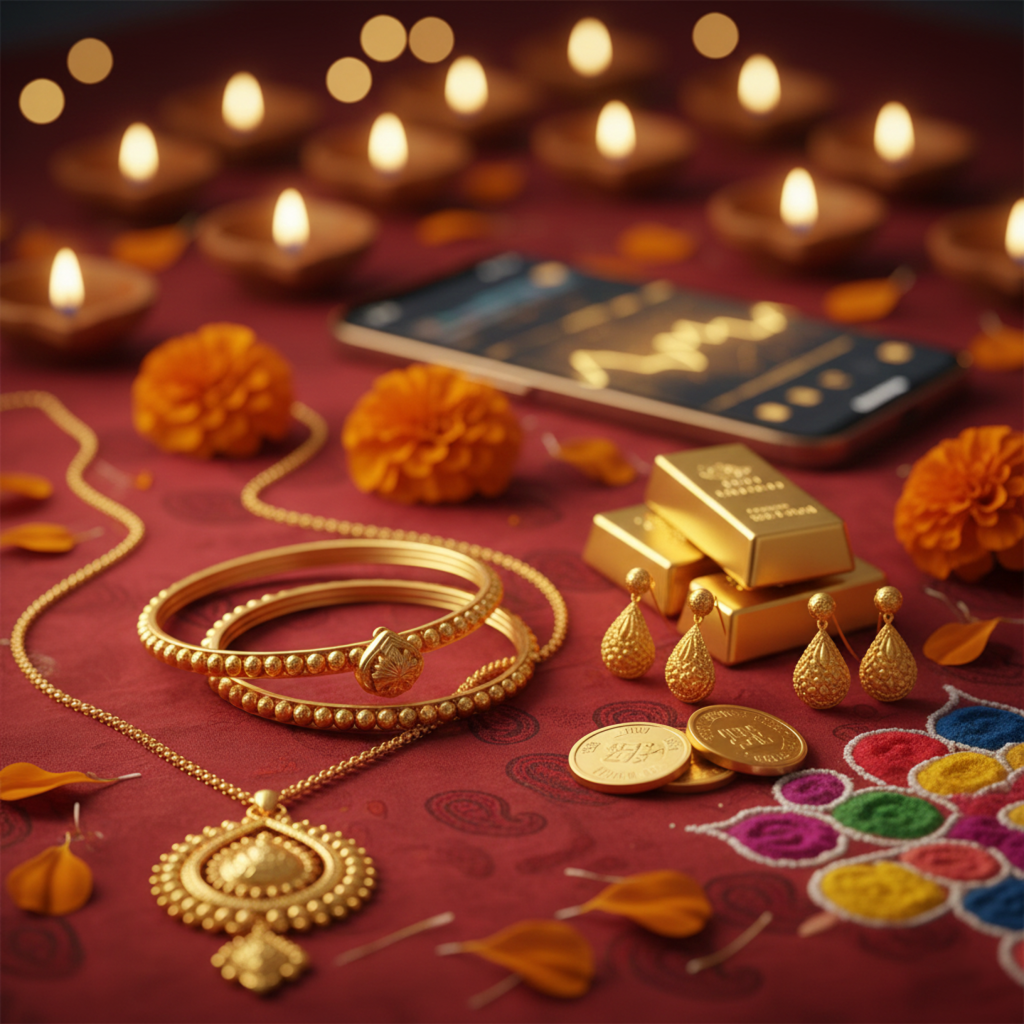JB Insights
Hallmarking for silver jewellery and artefacts will enter HUID regime from September 1, 2025
From September 1, 2025, BIS will mandate HUID-based hallmarking for silver jewellery and artefacts, replacing the old purity mark system, with the transition period ending August 31, 2025.

The Bureau of Indian Standards (BIS) has announced that hallmarking for silver jewellery and artefacts will enter the Hallmark Unique Identification (HUID) regime – instead of the old purity marks – starting from September 1, 2025. HUID-based hallmarking of silver had been introduced by the BIS from August 1, 2025 on a voluntary basis. Now, while hallmarking itself still remains voluntary, the marking system has been officially changed. Marking as per the old system (four marks) for silver articles will be allowed until August 31, 2025.
Until recently, silver hallmarking remained a voluntary practice. However, at the 78th BIS Foundation Day in New Delhi this January, Minister for New and Renewable Energy, Consumer Affairs, Food and Public Distribution, Pralhad Joshi, urged the Bureau of Indian Standards (BIS) to expedite the process of making it mandatory. The move was driven by feedback from both consumers and industry stakeholders seeking greater regulation in the silver segment.
The decision to bring silver into the HUID regime was shaped by inputs from both consumers and industry stakeholders. Many consumers had reported uncertainty in assessing the authenticity of silver articles, while retailers and manufacturers acknowledged the need for more robust verification mechanisms to maintain market credibility.
The decision to bring silver into the HUID regime was shaped by inputs from both consumers and industry stakeholders. Many consumers had reported uncertainty in assessing the authenticity of silver articles, while retailers and manufacturers acknowledged the need for more robust verification mechanisms to maintain market credibility.
While the adoption of the HUID-based hallmarking system for silver is a welcome move for traceability and consumer assurance, industry voices have highlighted the practical difficulties of hallmarking large and heavy silver items, including furniture, decorative swings (jhoolas), large trays, and other substantial artefacts.
Such pieces often have intricate designs, uneven surfaces, or multiple joined sections, making it challenging to apply the hallmark in a visible, durable, and aesthetically acceptable manner. The physical size and weight of these items can also pose logistical issues for transporting them to and from hallmarking centres, especially in the case of one-of-a-kind pieces or custom commissions.
JB Insights
WGC REPORT: India gold market update: Seasonal strength

Highlights
- Gold prices soften from record highs yet remain supported
- Domestic prices slide back into discount
- Gold demand, led by investment buying, strengthened during the festive period, but softened thereafter
- Gold ETFs continue strong momentum in October with record inflows and new investors
- Gold imports soar in October, despite the price rally
Looking ahead
- The busy wedding season over the coming months (November–March), with a high number of anticipated weddings, is expected to support jewellery demand.
- Investment interest in gold is likely to persist amid broadly bullish sentiment around gold.
Prices retreat from peak, but maintain firm trend

International gold price1 recorded a sharp rally in October, hitting its 50th record high of the year during the month. Although price eased by about 7% from the peak, it still ended October 5% higher at US$4,011.5/oz. The momentum carried into November, with price up nearly 3% m-t-d as of 19 November. This sustained performance has lifted gold’s y-t-d gains to 58%.
Our Gold Return Attribution Model (GRAM) suggests that recent movements in international gold prices have been driven by geopolitical risk, higher implied volatility, a stronger US dollar, as well as momentum and evolving interest-rate expectations.
Domestic gold prices have largely tracked the international trend but have delivered even stronger returns, recording 63% y-t-d growth. The higher domestic gains are attributed to the 3.3% depreciation of the Indian rupee. Domestic gold prices, which had mostly traded at par with, or at a premium to, the international price over the past two months, shifted to a discount following the peak festive demand period (Chart 2), with the m-t-d2 discount averaging US$18/oz.
Festive demand shines, tapers after

Festive demand around Diwali and Dhanteras3 – India’s peak gold-buying occasions – was reportedly strong despite record-high prices, according to feedback from industry stakeholders. Market participants consistently highlighted that the strength was driven primarily by investment-oriented buying, particularly bars and coins, with some noting volume nearly doubling from a year ago. E-commerce platforms also saw solid sales,4 and digital gold purchases rose too. Unified Payments Interface (UPI) data shows digital gold purchases increasing 62% m/m to INR22bn (US$259mn) in October.5 In tonnage terms, the volume rose 45% m/m to 1.8t.
Jewellery sales also held up well during the festive period, with retailers reporting healthy sales across both single-store and large multi-store formats, the latter benefitting from brand trust and promotional initiatives. Although jewellery volumes were softer due to elevated prices, the overall value of sales remained healthy, reportedly up by around a quarter y/y for many, reflecting resilient festive buying sentiment.
Post-Diwali, demand has reportedly softened. Industry feedback suggests market activity in November has been subdued, despite the onset of the wedding season. Jewellery buying is largely wedding-driven, while investment demand persists. Supply of old gold into the market has reportedly moderated. Trade participants attribute this to consumers having exhausted surplus gold for immediate needs and now choosing to hold onto jewellery in expectation of further price gains. Jewellers remain cautiously optimistic that the ongoing wedding season (November–March) will boost jewellery sales, given the expected large number of weddings.
ETFs: persistent strong inflows

October marked the sixth consecutive month of strong inflows into Indian gold ETFs, emphasising the growing appeal of gold as an investment asset in various forms.
Net inflows for the month were INR77bn (US$876mn), a modest 8% decline from the previous month, largely in line with our estimates.7 Despite this moderation, the figure remained significantly higher than the y-t-d average of INR28bn (US$315mn). The dip was primarily due to a sharp rise in redemptions, which hit a record INR21bn (US$244mn). This surge in redemptions was likely driven by profit-taking following the rally in gold prices. Gross inflows for the month, however, set a record at INR99bn (US$11bn). The exceptional rise in gold prices likely drew investor attention, contributing to the strong inflows, while ongoing safe-haven demand further reinforced this trend. Net inflows have continued into November, reaching INR24bn (US$269mn) during the first 17 days of the month.8
The first 10 months of 2025 have been particularly strong for gold ETFs, with cumulative inflows totalling INR276bn (US$3.1bn) – the highest annual inflows on record. This surpasses the total inflows from March 2020 to December 2024. This unprecedented demand has propelled the assets of these funds to historic levels. As per AMFI data, as of end October, the assets under management (AUM) of gold ETFs climbed to a record INR1,021bn (US$11.5bn) and gold holdings rose to 83.5t,9 nearly a third of which were added in 2025 alone.
The growing interest in gold ETFs was further evidenced by the increase in new investors. In October, a record 911,000 new accounts (folios) were added, bringing the total number of folios to 9.57mn, reflecting a 49% increase y-t-d.
In addition to the strong performance of existing gold ETFs, the market saw the launch of a new gold ETF in October,10 bringing the total number of gold ETFs in India to 23.
Imports surge to new peak in October despite price rally
Gold imports registered a sharp surge in October, marking the fourth consecutive month of growth in both value and volume terms. Notably, the increase occurred despite domestic gold prices touching record highs – rising 60% y/y and 11% m/m11 – indicating resilient domestic demand. In value terms, imports climbed to US$14.7bn, the highest on record, translating into a ~200% y/y and 53% m/m increase. Import volumes also rose substantially, with inflows estimated at 137–142t, compared with 102t in September and 61t a year earlier. The October surge was largely driven by seasonal factors, i.e. the Diwali festivities and the onset of the wedding season.
On a y-t-d basis, gold imports have totalled US$51bn, an increase of 16% y/y. In contrast, the import volumes, estimated at around 559t, are down 12% from a year ago, reflecting the impact of elevated gold prices.
-

 BrandBuzz2 weeks ago
BrandBuzz2 weeks agoIndriya unveils Rajashree, the Bridal Collection of Maharashtra
-

 International News6 hours ago
International News6 hours agoDMCC Launches ‘DMCC FinX’ To bridge institutional capital, trade and technology
-

 National News10 hours ago
National News10 hours agoBengaluru-based lab-grown diamond jewellery startup ONYA raises ₹5.5 crore in pre-seed funding led by Zeropearl VC
-

 International News7 hours ago
International News7 hours agoGJEPC organises 22nd consecutive ‘India Pavilion’ at Jewellery Arabia in Bahrain







